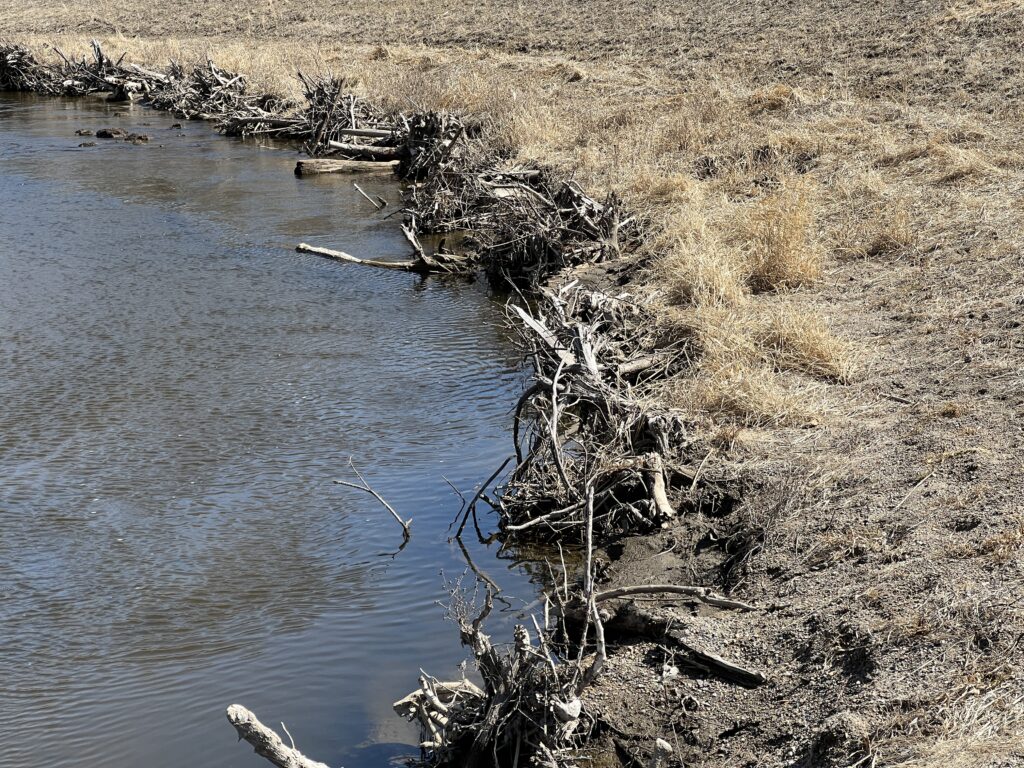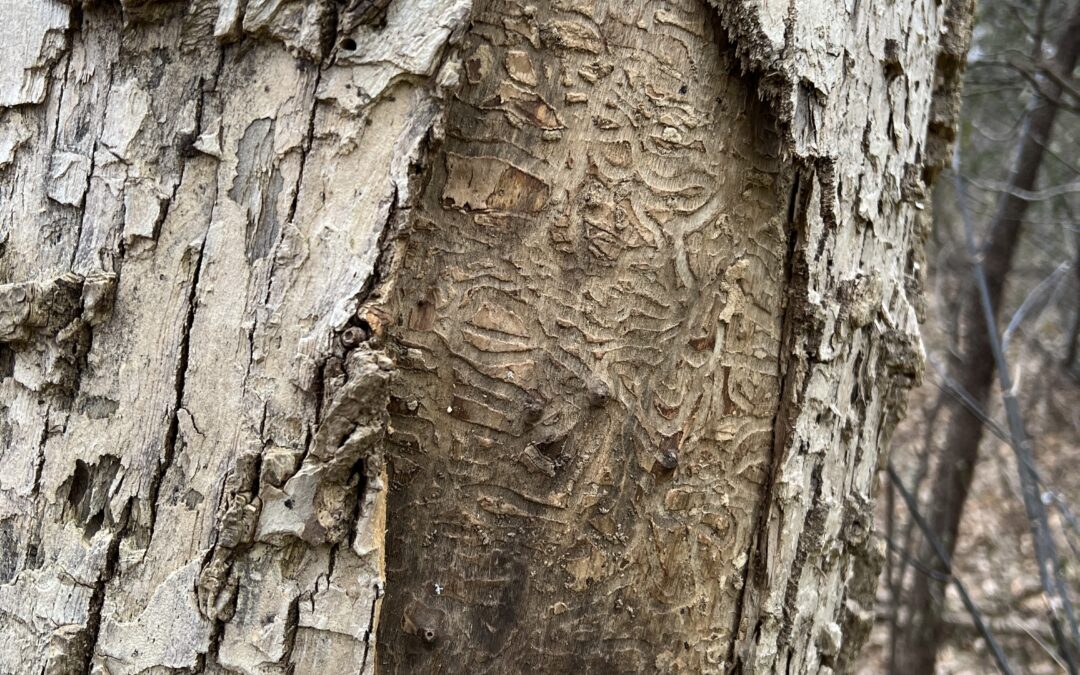Pop quiz! Is this statement true or false? When repairing an ecosystem, you should never remove any existing trees.
False! Although it can be a difficult decision, sometimes tree removal is a crucial part of building a healthier ecosystem.
While it may seem like a paradox that removing trees (typically symbols of environmental health) can be beneficial for nature itself, it’s sometimes an essential step to balance ecological integrity with community safety, especially in cases of stream restoration and pest infestations.
The best way to explain this is to share some real-life stories of when tree removal actually benefited a project. Let’s dive in!
How an Invasive Beetle Led to Necessary Tree Removal
When thinking of necessary tree removal, a story that unfolded in a Minneapolis suburb comes to mind. During this project, we discovered that an emerald ash borer infestation led to the grim demise of many trees.
The invasive beetle species had burrowed into the bark, creating an intricate network of tunnels that disrupted nutrient flow and ultimately killed the entire community of ash trees. The bark had become so weak that it fell off at the lightest touch, revealing the damage beneath.
While it pained the community to see these trees go, the removal was crucial to halt the spread of the beetles and protect the other living trees and the surrounding ecosystem and homes.
During such projects, community dialogue is very important. It’s essential to communicate the benefits and safety implications of tree removal upfront. The approach involved marking trees well in advance and making time for discussions with local landowners about the project scope and ecological benefits. The more people understood why the trees needed to be removed, the more accepting they were of the process.
How We Knew It Was Time to Remove a Cherished Tree
Another poignant case involved a cottonwood tree cherished by a local family for its sentimental value. Named the “spirit tree” by the landowner, it had seen generations of family life unfold beneath its branches.
However, due to its being undercut by a stream and potential to fall on surrounding homes, it posed a severe risk. Removing it required coordination between city officials and the residents to address public concerns and to ensure the decision was understood clearly as a safeguarding measure.
Tree Removal Can Lead to New Life and a Restored Ecosystem
Despite its challenges, tree removal does not equate to ecological loss. Innovative bioengineering techniques allow communities to reuse these materials effectively.
Tree roots, once part of majestic or sentimentally important standing trees, can be integrated into stream bank stabilization projects. The roots retain their place in the community while reinforcing the bank against erosion, supporting ecosystem resilience, and demonstrating nature’s remarkable ability to regenerate.

Authorities Agree: Tree Removal Can Be an Important Part of Ecosystem Restoration
We aren’t the only people who believe in this theory! The U.S. Fish and Wildlife Service also underscores that such ecological interventions (though potentially distressing) are guided by comprehensive conservation principles.
Additionally, the Army Corps of Engineers works alongside environmental experts to ensure that tree removal contributes to long-term ecological health and sustainability.
Our collaborative projects reflect a commitment to safeguarding habitats against invasive species, mitigating flooding risks, and enhancing biodiversity resilience.
Tree Removal Requires Planning and Open Communication
In essence, while tree removal can evoke strong emotions, understanding its necessity and purpose helps communities embrace changes. Maintaining open and empathetic communication ensures that ecological and public safety goals can align for the benefit of both the land and the community.
When we share the broader narrative of why such measures are necessary, it not only fosters community support but also educates and empowers citizens to partake actively in conservation efforts. Through respectful dialogue and strategic planning, we can ensure that strategically removing trees today contributes to a healthier, more resilient environment tomorrow.


Recent Comments